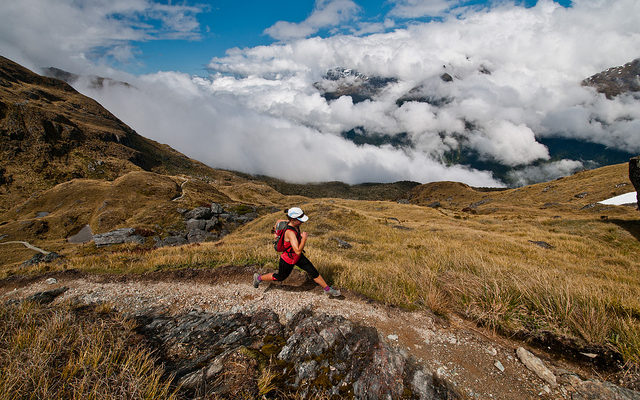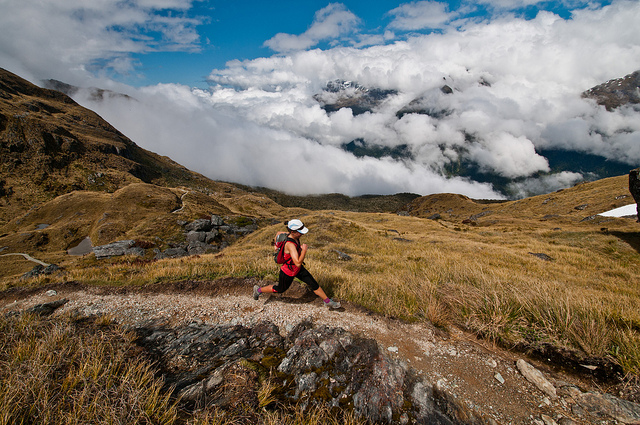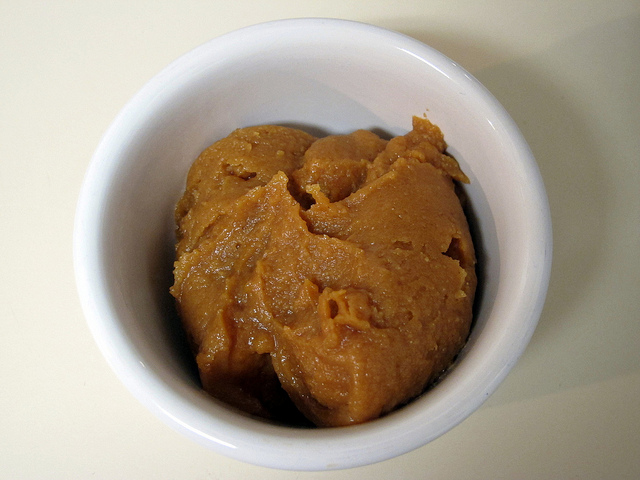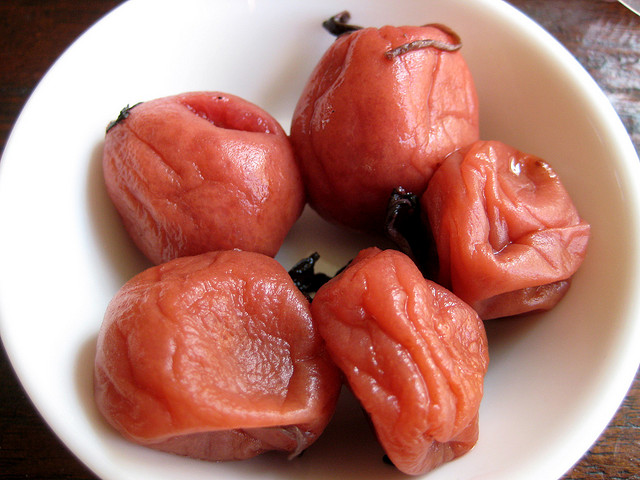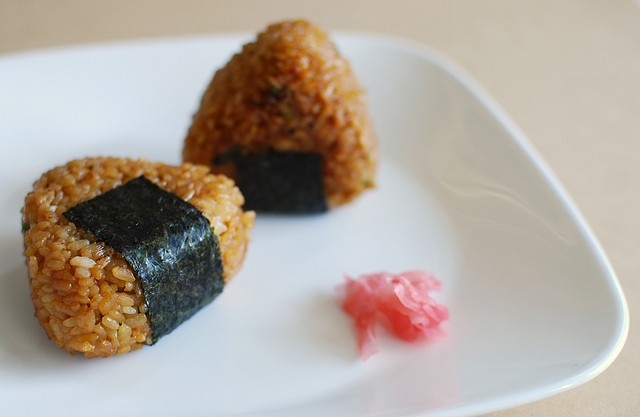¿Por qué enfermamos de Fibromialgia y SFC? -1ª Parte –
La fibromialgia es una enfermedad multifactorial, como todas las enfermedades. Sin embargo, desde mi experiencia, puedo decir que el desencadenante fue el factor emocional.
Padecer fibromialgia es haber caído en el engaño de las creencias, de las máscaras y de las emociones. Para salirte has de aprender a desaprender todo tu bagaje y volverte a reinventar, pero esta vez eres tú y solamente tú quien crea la nueva persona, a través de nuevos pensamientos, nuevos sentimientos, nuevas acciones.
La época que nos ha tocado vivir se considera como un período de evolución acelerada de competencia individual. Desaparece un mundo viejo mientras se está construyendo uno nuevo. Nosotros, protagonistas de este cambio, tenemos un pie en el viejo y otro en el nuevo, que todavía no es del todo sólido a causa de patrones sociales, conductuales y creencias del viejo mundo patriarcal grabado en nuestro ADN.
Los cambios empiezan con la atención y la autoobservación. Si estás siempre atento te darás cuenta de todos los detalles que, por pequeños que sean, te dan una información muy valiosa para reorientarte y conectarte a la vida.
La autoobservación es para ver cómo respondemos al entorno: si el lugar donde estoy es bueno para mí; cómo me siento; si mejora o empeora mi estado de ánimo cuando permanezco en él; cómo cambia mi cuerpo (¿se siente más cansado o más ligero?); cómo duermo en determinado lugar, etc. Y la autoobservación sirve también para ver cómo respondemos respecto a los demás: cómo son nuestras relaciones y comunicaciones con las otras personas; si estoy bien con un grupo o estoy mal con otro… La dificultad nos reorienta hacia la selección de lo que nos conviene.
Con la atención y la autoobservación será difícil caer en la ansiedad o en la depresión. La ansiedad se produce cuando llevas una vida demasiado acelerada, sin tiempo para ti mismo, y caes en la depresión cuando te decepcionas por haber perdido el sentido de la vida.
Siempre procuro recibir más información practicando meditación cada día, ya que gracias a ella se encuentra paz y calma y es fuente de mensajes para reorientar la nueva vida; nuevas ideas fluyen sin esfuerzo para darle un nuevo sentido.
Casi todas nuestras emociones durante el proceso de la enfermedad se basan en la acusación: alguien más es culpable. Si comprendemos que somos nosotros la causa de todo lo que nos pasa, eso cambia las circunstancias.
Tenemos tendencia a guardar rencor hacia los que nos corrigen, nos reprenden, nos llevan la contraria, y resentimiento hacia quienes frustran nuestras expectativas, pero si la persona no tiene oposición ni enemigos permanecerá dormida encima de su fuerza latente.
La contrariedad, la represión… son amargas y detestables, pero constituyen el incentivo que nos llevará a un gran vacío que es bueno para nosotros, si entendemos que nos despierta.
La expresión de la ira es efímera, inútil y perjudicial. Por ley de causa y efecto nos retorna con sus consecuencias como si se tratase de un bumerang.
Ha llegado la hora de dejar de culpar a los demás (los padres, el destino…) por los errores cometidos contra nosotros y de asumir nuestra propia responsabilidad.
Se han de unir muchos factores para que se desarrolle esta enfermedad:
El primero de ellos es que la persona afectada tiene un alto grado de sensibilidad respecto al medio que le rodea. Esta es una característica muy buena, porque le permite gozar con más intensidad de los cinco sentidos y por tanto de la vida. Pero las cosas malas se leen también rápidamente, como si se tratase de un libro abierto. En cualquier ambiente sabemos rápidamente si se respira bienestar o si hay algún conflicto. Miramos la cara de las personas y sabemos qué día tienen, etc. Captamos como esponjas todo lo que es malo de cada situación.
Somos personas a quienes nos gusta que todo el mundo esté bien, como si nuestra felicidad dependiera de los otros. Si alguien sufre, nuestra vida entra en conflicto y nos convertimos en Juana de Arco para intentar solucionar el problema, muchas veces sin que nos hayan pedido ayuda y complicándonos la vida innecesariamente, lo cual nos repercute en un desgaste de energía.
Otro factor muy importante es la infancia; el ambiente familiar y el de la escuela. Si los dos lugares son ambientes represivos se produce un terreno propicio para el desarrollo de la obediencia y la sumisión. Si no hay una reflexión lógica ni ninguna explicación por parte del adulto, se produce un crecimiento considerable de la incomprensión respecto a la ira. Y la ira reprimida se dirige hacia el inconsciente, ya que es evidente que el niño, por una cuestión de supervivencia, ha de mantener la ilusión de que los padres y los maestros son perfectos porque depende de ellos intelectual y emocionalmente.
Somos muy inseguras; buscamos y necesitamos la aprobación de los otros para reafirmarnos. Nos esforzamos mucho para ser queridas, para ser el centro de atención dentro de un grupo, para destacar. De esta manera nos convertimos en personas orgullosamente perfeccionistas, lo cual nos lleva a una carga de sufrimiento innecesario, ya que buscar la perfección es un trabajo siempre duro y fuertemente utópico.
La rigidez, en más o menos grado, es una particularidad común en las personas con esta enfermedad. Los patrones de comportamiento, los hábitos, la rutina, las creencias… Son bastante inamovibles, por no decir del todo.
Hay una gran capacidad de somatización de los conflictos. El cuerpo se convierte rápidamente en el espejo donde se van reflejando todos los problemas de la vida que nos se quieren afrontar y resolver. A cada contrariedad aparece un síntoma, que nunca se entiende como efecto de una causa. De esta manera van apareciendo más y más síntomas, sin ningún tipo de consciencia de este vínculo tan obvio entre causa y efecto.
El entorno es muy importante en el desarrollo de la enfermedad. La vida de las personas con las características anteriores no tiene muchas dificultades si la atmósfera donde se mueven es plácida y amorosa, pero todos sabemos que la vida es una escuela de aprendizaje y tarde o temprano las dificultades se presentan una detrás de otra y el ambiente se enrarece rápidamente. Si el ambiente externo es muy exigente, y sobrepasa el nivel de la persona, se produce una tensión, un sobreesfuerzo desmesurado que dificulta la vida y que, a la larga, conlleva a sufrir enfermedades. Si además, la exigencia viene acompañada por descalificaciones (“tú no”, “tú calla”, “tú no lo sabes hacer”, “no lo entiendes”…), la dificultad crece y la ira reprimida también.
Otro factor es la predisposición a la enfermedad. En mi caso yo era una niña que, exceptuando una bronconeumonía, no padecí ninguna enfermedad grave, pero siempre tenía pequeños problemas de salud que hicieron que mi familia me calificara como una niña ‘pupas’. Creo que desde entonces empecé a somatizar las dificultades con las que me enfrentaba a la vida; mi estructura psicológica inició el proceso hacia la fibromialgia.
Tóxicos en el cuerpo. Es muy importante saber que la sociedad actual permite que lentamente nos vayamos envenenando con tóxicos. Las radiaciones electromagnéticas ambientales, las fluoraciones en las escuelas, las vacunas, las amalgamas dentales con mercurio, contaminantes derivados de la industria del petróleo en los productos de higiene corporal y de la casa, y la larga lista de sustancias químicas en los alimentos, hacen que incrementen toda clase de enfermedades en la que la fibromialgia, síndrome de fatiga crónica y la sensibilidad química múltiple son las que más ponen en evidencia que el hígado ya no puede más.


